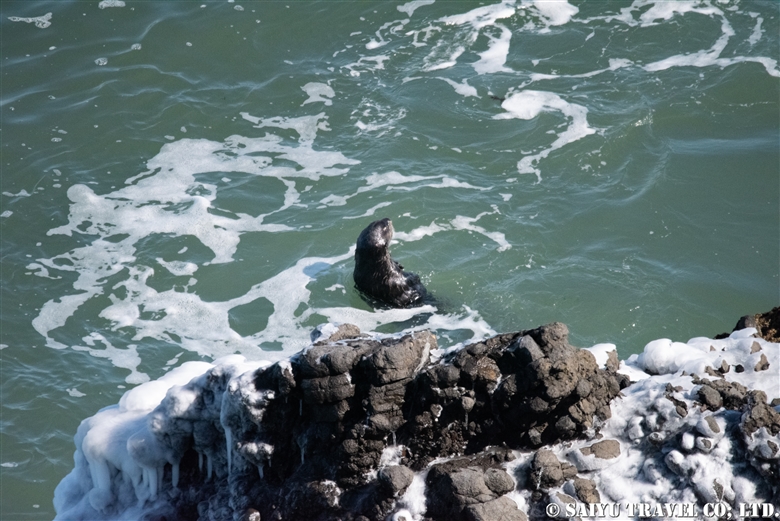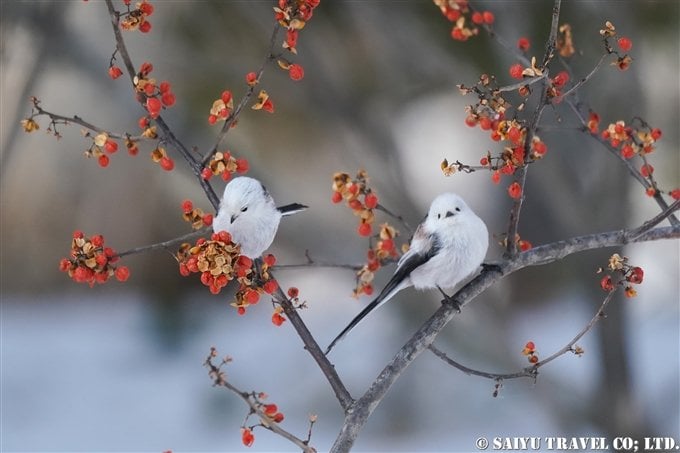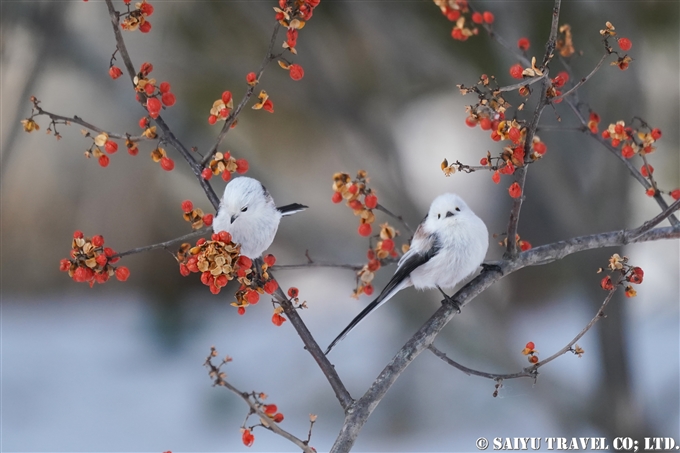
The wild sea otters in Japan, can only be found breeding in the eastern part of Hokkaido. The species that live in this northern coast of Japan are the subspecies Enhydra lutris lutris which uses the Commander and Kuril Islands of Russia. They were overharvested in Japan for their fur in Japan and was once thought to be extinct by the early 20th century, but since the 1980’s they were found to be breeding on the coast and near the islands around Nemuro.


Currently, they can sometimes be observed along the coastline of eastern Hokkaido and around the fishing ports year around, regardless of the season. Around June of every year, you might see the adorable sight of the parents carrying their pups on their bellies.
Sea otters have a very thick layer of fur that has a special adaptation to trap air in between their hairs, which allows them to float all day long with no effort. During the day, they repeatedly dive down and then surface to eat seafood on their stomachs while floating. At night, they will wrap kelp around their bodies to keep from being carried away on the currents while they sleep.

These adorable sea otters actually have many problems due to human activities, so coexistence is a constant challenge for them. Since sea otters in eastern Hokkaido eat sea urchins and northern mussels, fishermen have raised various concerns about the damage they cause to the fishing industry.

Current estimates of sea otter populations say a little more than 12 otters live in the area. Fisheries representatives are looking for ways to balance sea otter conservation and fisheries.
Photography & text: Shohei MORITA (Shiretoko Serai)
*Contact us, Saiyu Travel for more information about wildlife and bird watching in Hokkaido. We can make various arrangements for your trip. We have a guesthouse, Shiretoko Serai, in Rausu, Shiretoko Peninsula.
Tags: Enhydra lutris lutris, Wildlife of Hokkaido, Sea otter, Wildlife of Japan, ラッコ, Wildlife Photography tour in Japan, Rakko, Wildlife tour in Japan, Nemuro, Widlife in Japan, Shohei Morita, Wildlife in Hokkaido, Shohei Morita Photography











